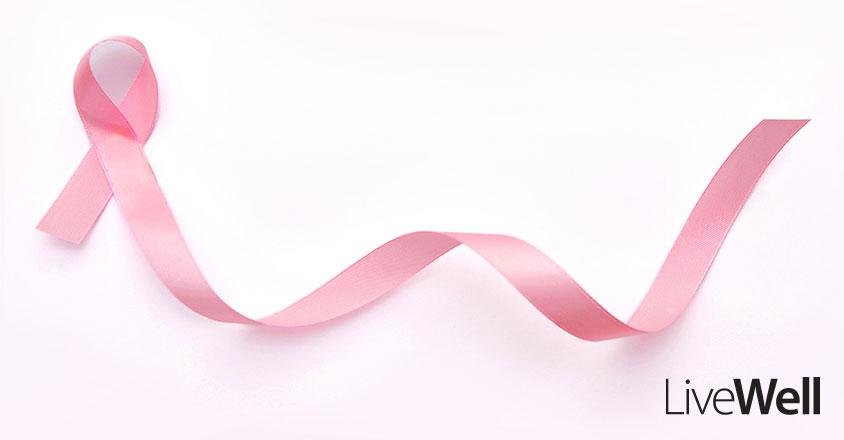Think pink and beat breast cancer
Breast cancer is the most common cancer in women in the United States, except for skin cancers, according to the American Cancer Society. It is also the second leading cause of cancer death in women after lung cancer.
The numbers tell the story:
There is a 1 in 8 chance that a woman will develop breast cancer in her lifetime.
5-year survival rates for breast cancer:
99%
if detected early before it spreads.
86 to 90%
if it spreads to lymph nodes or nearby structures.
30%
if it spreads to distant parts of the body, like lungs, liver or bones.
Early detection matters
Do you know the best way to survive breast cancer? Early detection. And the most effective and accurate way to detect breast cancer is tohave a screening mammogram.
National Comprehensive Cancer Network guidelines recommend all women age 40 and older at average risk of breast cancer should have an annual screening mammogram.
Women with higher-than-average risk of breast cancer should have a clinical breast examination by a physician every 6 to 12 months and should consider a high-risk screening of an annual breast MRI along with an annual mammogram.
Talk with your doctor
Discuss your risk for breast cancer and a plan for a screening mammogram with your Primary Care Physician or your OB/GYN.
To schedule your mammogram, call Genesis Central Scheduling at 740-454-4242.
It’s time to think pink and win the fight against breast cancer.
For more information on cancer screenings, visit genesishcs.org/screenings.
Ready to get healthy?
Sign up for our digital newsletters to receive health tips, recipes, success stories for inspiration and information about new doctors to help you on your journey to better health.
Genesis HealthCare System’s Health and Wellness content conveniently provides accurate and helpful information. Your health history and current health may impact suggestions provided through our Health and Wellness content. Although we hope this information is helpful, it is not a substitute for your doctor's medical advice. Before making any significant changes, please consult your doctor.

Breast cancer is the most common cancer in women in the United States, except for skin cancers, according to the American Cancer Society.









